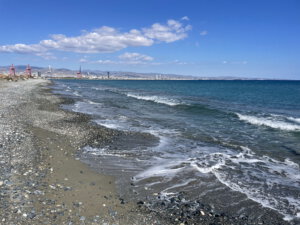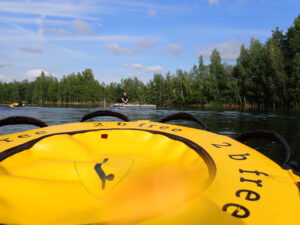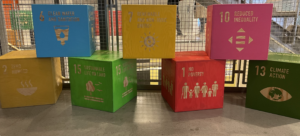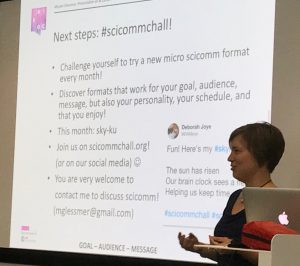
Currently reading “The Psychology of Collective Climate Action: Building Climate Courage” by Hamann et al. (2025), Part 1
I read this book on my vacation and loved it! It is written for activists (that aren’t actually called activists, so that everybody can feel included whether they identify as…





